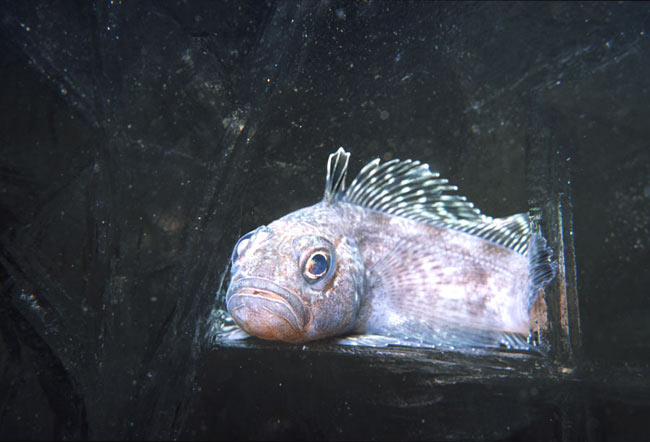Cold, Hard Fact: Fish Antifreeze Produced in Pancreas

Antarctic waters hover just above freezing, but that doesn't stop fish from prospering in the chilly depths.
The resilient fish--known as Antarctic notothenioids--keep from freezing solid thanks to a special "antifreeze protein" that prevents their bodily fluids from turning into crystals.
In a new study, published in the June 19 online edition of the Proceedings of the National Academy of Sciences, scientists have revealed the source of the fishes' key to survival.
Though the antifreeze glycoprotein, called AFGP for short, was first documented 35 years ago, scientists didn't know how or where the fish produced the special molecules. For many years researchers believed their production occurred in the liver, in part because the organ is a well-known factory for blood proteins.
But subsequent studies had trouble tracking AFGP back to the liver. The new study analyzed tissue from notothenioids and found the pancreas and stomach are the main sources of fish antifreeze.
"It turns out that the liver has no role in the freezing avoidance in these fishes at all," said study co-author Christina Cheng of the University of Illinois at Urbana-Champagne.
In the Southern Ocean, sea water temperatures rarely rise above about 28.5 degrees Fahrenheit, the freezing point of water, but fish fluids freeze at about 30.2 degrees Fahrenheit. The water is often filled with tiny ice crystals, which the fish ingest as they eat and which could potentially freeze the critter from the inside out.
Get the world’s most fascinating discoveries delivered straight to your inbox.
By secreting SGFP into the intestines, where the protein is then absorbed into the blood, the fish prevent their internal fluids from icing up. The evolution of this ability, the researchers write, was probably driven by the need to prevent the intestinal fluid from freezing, but has since allowed notothenioids to survive where many animals dare not swim.
- Video: Catfish Hunt on Land
- Sex Done, Female Fish Stop Paying Attention
- Fish Holds Breath for Months
- New Record Set for Smallest Fish


